Buy/Drive/Burn: Economical, Basic American Sedans for 1985

It’s the mid-1980s, so having a gas-guzzling, rear-drive Malaise box from the late ’70s is unthinkable. No, you’re a modern consumer, and you demand something front-drive and economical, but still with Malaise build quality.
Today we pick a compact Ace of Base from 1985.
Dodge Aries
We start with the oldest design first today. Introduced for 1981, the Dodge Aries and Plymouth Reliant twins were the first K-cars offered by Chrysler. The replacements for the Plymouth Volare and Dodge Aspen, the more rust-proof K-cars were offered in coupe, sedan, and wagon formats. Today’s selection is a base model sedan, with a 2.2-liter naturally aspirated four-cylinder under hood. It has a carburetor and produces 82 sporty horsepower. Paired to our basic Aries is a four-speed manual.
Chevrolet Cavalier
The Cavalier was an all-new model for 1982, replacing the Monza. In typical GM fashion, the Cavalier was sold as many different vehicles across the company’s portfolio. Available in more forms than the Aries, there were coupes, convertibles, a hatchback, and the requisite sedan and wagon. Today’s 1985 model has the refreshed quad-lamp fascia that is much more familiar than the short-lived two-lamp design with which the Cavalier debuted. Only one engine is available in ’86, and it’s a 2.0-liter unit with throttle body injection. Producing 86 horsepower, the transmission is a four-speed manual.
Ford Tempo
The Tempo was brand new in 1984, and was Ford’s late response to the Cavalier. The Tempo and its slightly more fancy twin, the Mercury Topaz, replaced the Fox-body Ford Fairmont and Mercury Zephyr. Less keen on body variation than other domestic brands, choice was limited to a sedan with either two or four doors. In a unique offering to the class, the Tempo later offered four-wheel drive. But that was for fancy people who liked wood trim. Today we stick to a base Tempo sedan with a 2.3-liter engine. It has a carburetor and is matched to a four-speed manual; 86 horsepower are available to your right foot.
Three tasty compact sedans, each ready to carry customers through 1990 (when they’d probably switch to a Japanese car). Which is worth the Buy?
(H/t mention to Old Car Brochures, which offers a huge catalog of brochures free of charge.)
[Images: Chrysler, GM, Ford]

Interested in lots of cars and their various historical contexts. Started writing articles for TTAC in late 2016, when my first posts were QOTDs. From there I started a few new series like Rare Rides, Buy/Drive/Burn, Abandoned History, and most recently Rare Rides Icons. Operating from a home base in Cincinnati, Ohio, a relative auto journalist dead zone. Many of my articles are prompted by something I'll see on social media that sparks my interest and causes me to research. Finding articles and information from the early days of the internet and beyond that covers the little details lost to time: trim packages, color and wheel choices, interior fabrics. Beyond those, I'm fascinated by automotive industry experiments, both failures and successes. Lately I've taken an interest in AI, and generating "what if" type images for car models long dead. Reincarnating a modern Toyota Paseo, Lincoln Mark IX, or Isuzu Trooper through a text prompt is fun. Fun to post them on Twitter too, and watch people overreact. To that end, the social media I use most is Twitter, @CoreyLewis86. I also contribute pieces for Forbes Wheels and Forbes Home.
More by Corey Lewis
Latest Car Reviews
Read moreLatest Product Reviews
Read moreRecent Comments
- Tane94 Awaiting the EV3 unveil this month. Kia continues to lead, though I will miss the Soul
- Jeanbaptiste I know this will never be seen, but the real answer is NO Government mandated tech. The reason why is that when the government mandates something, we miss out on signals that the free market will give to weather or not people actually want this or that this tech would actually help. It's like mandating AM radio for cars when people could just buy a $10 am radio if they really like am so much.
- 28-Cars-Later $12K? I needed a good laugh.
- EBFlex Wait...the feds are claiming that inflation was not FJBs fault 6 months prior to an election where he is massively losing in the polls in every single category?Eyebrow raised.
- MaintenanceCosts Most of the article after the blockquote is Posky laboring mightily to somehow blame this clearly anticompetitive and oligopolistic conduct on the big bad government.I look forward to some of the usual commenters explaining to us that, actually, the oil industry is a cuddly teddy bear and the real villain is people trying to sell us cars that don't use oil.



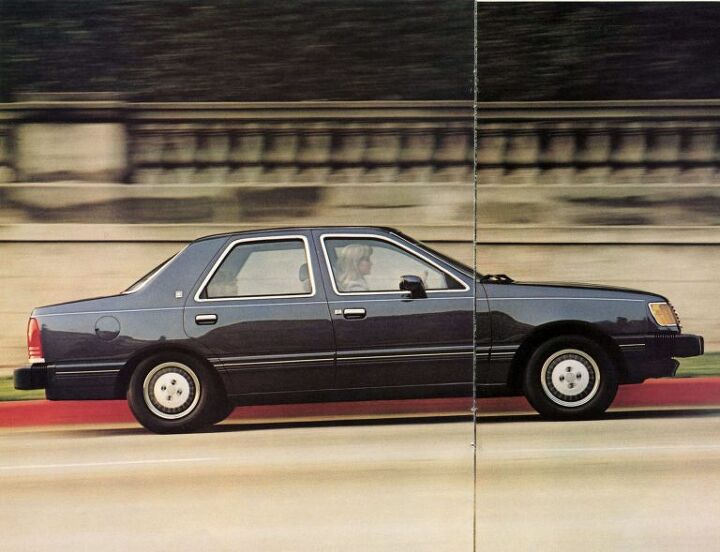















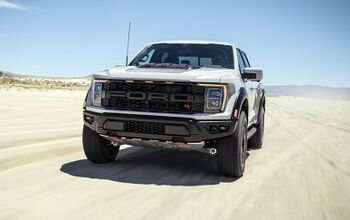
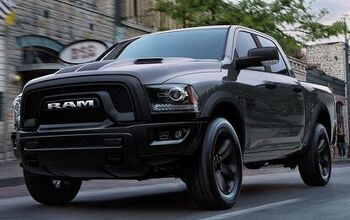
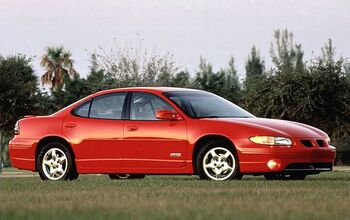
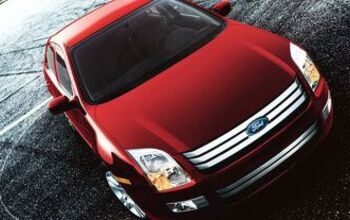
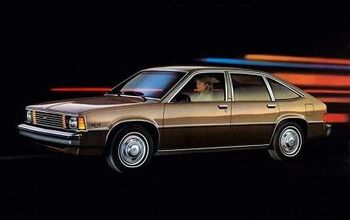
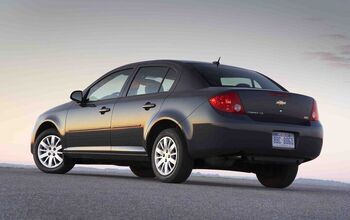
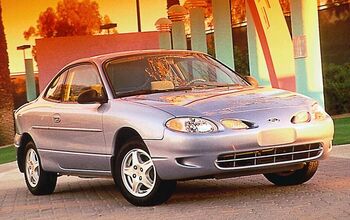
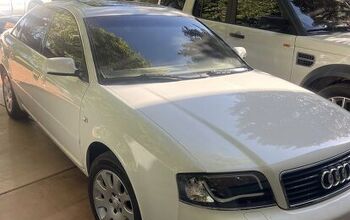
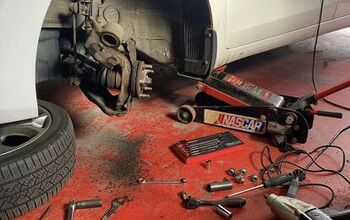
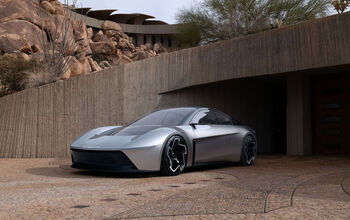
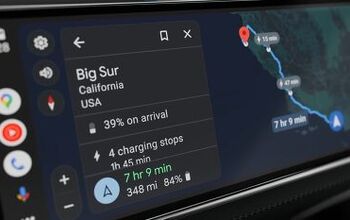
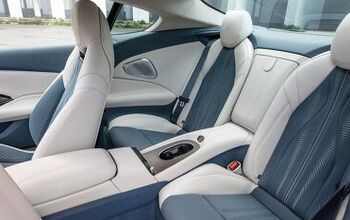


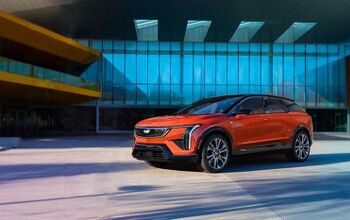
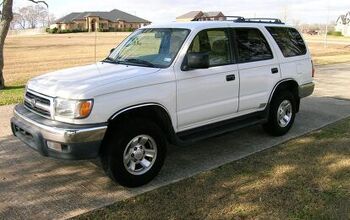
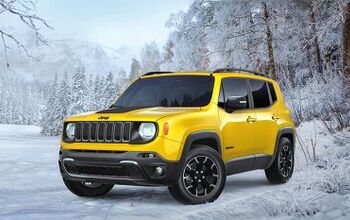
Comments
Join the conversation
i cant do a thing with any of the three. i cant drive a stick!!
Easy. Buy the Aries because it's the best in any given area. Drive the Chevrolet because parts are cheap. Burn the Tempo/Topaz. The worst, most insipid car here. I've driven them all and interned m owned two- the K and the J. I speak from ACTUAL experience, not uninformed opinion.